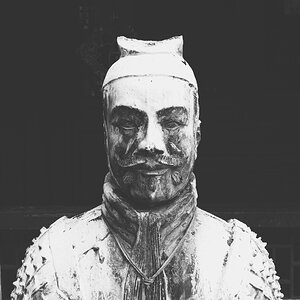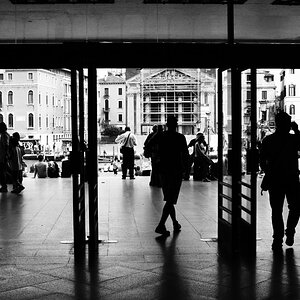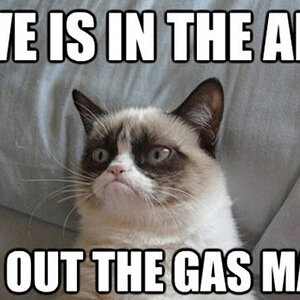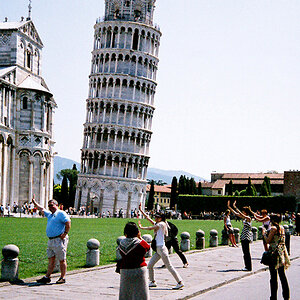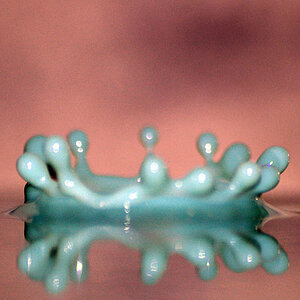Brian K. Chamberlain
TPF Noob!
- Joined
- Jan 25, 2015
- Messages
- 3
- Reaction score
- 14
- Can others edit my Photos
- Photos OK to edit
While searching for a dedicated Monochrome camera I can only find one. Leica...7000 bucks plus, and that is without a lens.. WTF???? What other more affordable options are there?



